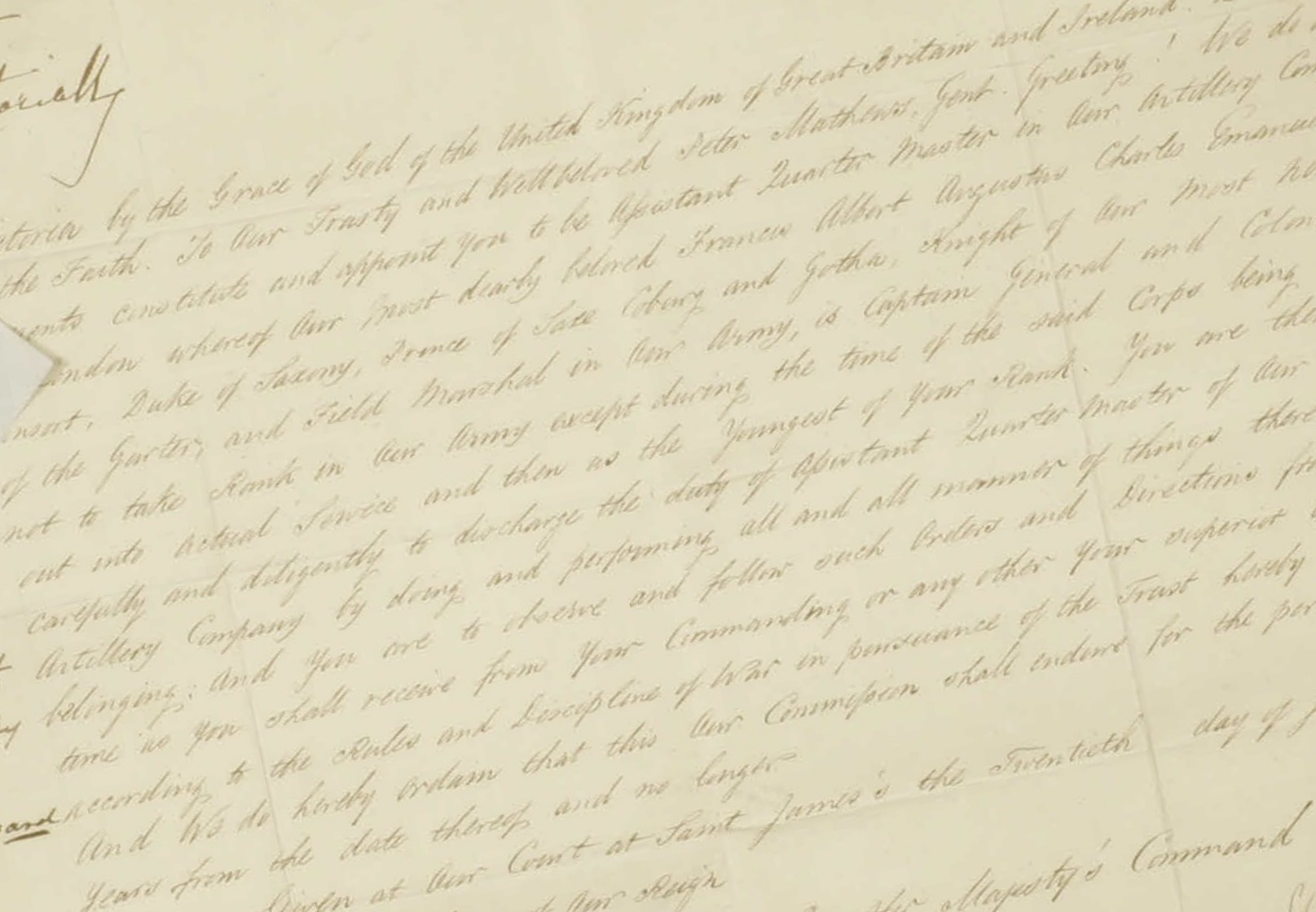
By Jim O’Neal
A good friend of mine died recently and the family is naturally in a state of grief and making plans to include others in the mourning process. This is a custom that has undergone many changes over the centuries and is still evolving.
The “Masters of Mourning” surely must have been the Victorians. Rarely have groups of people become more fascinated by death or found so many creative and complicated ways to acknowledge it.
Society, in general, evolved strict mourning rules that were remarkably comprehensive. Every conceivable relationship had specific guidelines. One example was for an uncle by marriage. He was to be mourned for two months if his wife survived him, but only one month if he was a widower or unmarried.
This continued through the entire canon of relationships and, in a quirk, one needn’t have even met the people being mourned. If a woman’s husband had been married before and widowed, the second wife was expected to engage in “complementary mourning” – a type of proxy mourning on behalf of the deceased, earlier spouse.
Even mourning clothes were dependent upon the degree of one’s bereavement. Widows, already burdened by suffocating pounds of broadcloth, had to add black crepe, a type of crimped silk. Crepe was scratchy, noisy and maddeningly difficult to maintain. Even raindrops left whitish blotches and the crepe ran onto the skin underneath, where it was almost impossible to wash off. The amount of crepe was dictated by the passage of time. Just a glance could tell how long a woman had been widowed by the amount of crepe at each sleeve.
Then after two years, a widow moved into a phase of “half mourning” and the crepe could be gray or pale lavender.
Servants were required to mourn when their employers died and a period of national mourning was decreed when a monarch died.
Queen Victoria may have been the most prominent person to conjure up ingenious ways to mourn. Her beloved Prince Albert died in December 1861. Victoria decreed that the clocks in his bedroom be stopped at precisely the minute he died: 10:50 p.m. Then, in another odd ritual, the service to his room was continued as if he were merely on a trip.
A valet carefully laid out fresh clothing for him each day, in addition to hot water, soap and towels for his daily bath, and then removed at an appropriate time later in the day. Of course, his remains were actually interred in a mausoleum on the castle grounds.
Ironically, when Queen Victoria’s reign ended in 1901, after nearly 64 years, no one could agree on how much mourning was appropriate. It had been too long since the last one and there was no precedent for this length of time.
Since then, Queen Elizabeth II has eclipsed her as the longest-lived British monarch, and on Sept. 9, 2015, she became the longest-reigning monarch ever (as Prince Charles knows so well, as he yearns instead of mourns).
 Intelligent Collector blogger JIM O’NEAL is an avid collector and history buff. He is President and CEO of Frito-Lay International [retired] and earlier served as Chairman and CEO of PepsiCo Restaurants International [KFC Pizza Hut and Taco Bell].
Intelligent Collector blogger JIM O’NEAL is an avid collector and history buff. He is President and CEO of Frito-Lay International [retired] and earlier served as Chairman and CEO of PepsiCo Restaurants International [KFC Pizza Hut and Taco Bell].
